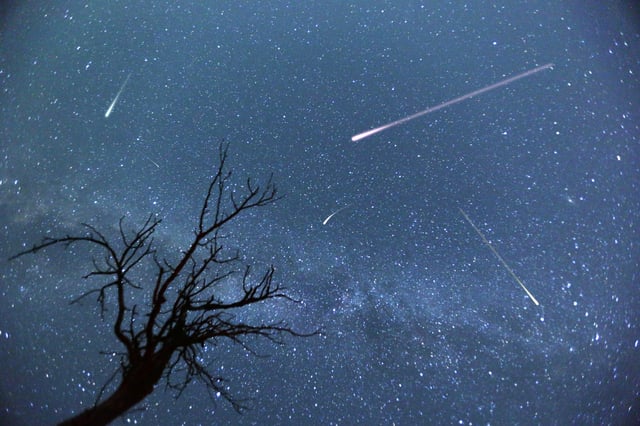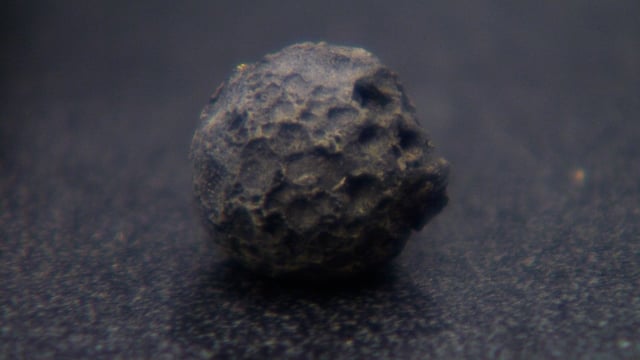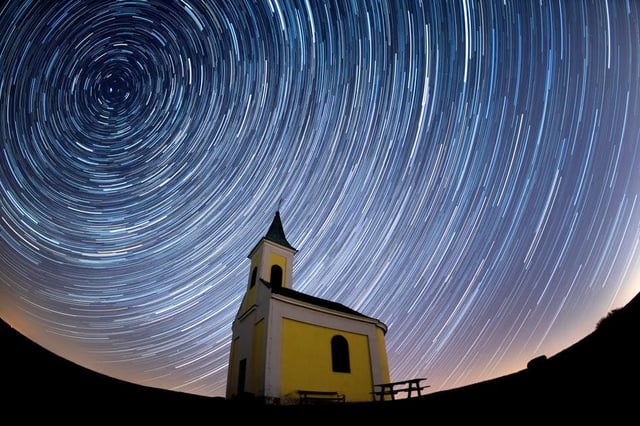Overview
- A University of South Florida professor found a new phosphorus material in a dirt sample from a lightning strike, the first discovery of its kind on Earth.
- The Lyrid meteor shower will be most visible in the early morning hours of April 23, with up to 20 meteors per hour streaking across the sky.
- The Lyrid shower comes from debris left behind by comet 1861 G1 Thatcher and is known for bright meteors and fireballs.
- Viewers are encouraged to find dark locations away from light pollution and allow time for eyes to adjust to the dark to see the meteor shower.
- The discovery of the new phosphorus material could lead to further understanding of the energy and effects of lightning strikes.


